The Gaelic Gins
Our small copper pot still, which was traditionally employed distilling illicit whisky, now vapour infuses the Gaelic Gins – the unhurried pace of distilling influencing their well-rounded aromatics and refined rich texture.
These are hugely characterful gins, distilled from the heart.

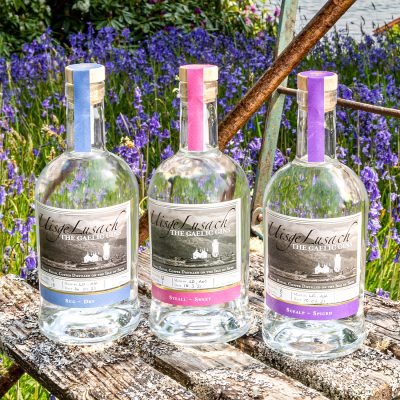
THE NAME
Uisge Lusach – Herbaceous water or “spirit”
[’ʊʃgæ ’lu:sæx]
Continuing the tradition of The Gaelic Whiskies, our new gin reflects and reinforces the rich Gaelic heritage of the Isle of Skye. Distilled using the island’s soft water, taking the “Uisge” from Uisge Beatha (Scotland’s water of life: whisky) seemed very appropriate. “Lusach” (meaning herbaceous or abounding in herbs) presented itself as the perfect partner.
Another front runner would have translated as “water of health”, but we were obliged to be a little cautious of claiming any health giving properties. That being said, we’ve not yet managed to taste Uisge Lusach without a spontaneous sense of wellbeing and a smile creeping on to our faces…

CONSERVATION
In the nineteenth century juniper grew so abundantly across the Highlands that the berries were picked by the sackload and transported by horse and cart to Inverness and Aberdeen to be exported to Dutch gin distillers. Over the years the native hardwood habitats of the Highlands have suffered from progressive depletion.
In establishing Fearann Eilean Iarmain in 1972 Sir Iain Noble was committed to supporting and developing the linguistic and cultural heritage of Gaelic; in education, in the work environment and in the community. As part of these endeavours Sir Iain invested in the environmental heritage of Sleat, pioneering the establishment of one of the first native woodland regeneration schemes in Scotland. Through the foresight of Sir Iain native juniper was included in the regeneration and planting schemes. Though their locations remain a carefully guarded secret, their progress to maturity has been monitored closely, with much enthusiastic anticipation.
Fearann Eilean Iarmain continues to invest in environmental heritage and its diverse wildlife. In recognition of the work being achieved through a long term programme of environmental conservation ensuring this unique landscape for future generations, Fearann Eilean Iarmain was chosen as the winner of the prestigious Golden Plover Award for moorland management in 2017.
We produce small batch limited edition liqueurs using fruit and flowers we have gathered or grown. They reflect the changing seasons and the diversity of organic botanicals from the abundance of wild plant species of the hill, moor and woodland of Fearann Eilean Iarmain.

LOCATION
We are delighted to welcome visitors to our Bùth (Shop) at Eilean Iarmain, located amongst the historic buildings of Eilean Iarmain that sit at the water’s edge overlooking the old stone pier and the water of the Sound of Sleat. Here we offer tastes of our Gaelic Gins and Gaelic Whiskies, and stock a range of cards, gifts and treats, all with a local flavour. We are exclusive stockists of Eilean Iarmain venison.
While we do not offer formal tours of the Gaelic Gin Still house (it’s a very small operation) please ask while you’re in the shop and we will happily show you the still. Please note that we are a working distillery and access can occasionally be closed depending on the distilling schedule.
Sleat is known as ‘The Garden of Skye’ and can often be quieter than better known Skye beauty spots further north of the island – perfect if you want to avoid the crowds. Aside from playing host to our Gaelic Gins and Gaelic Whiskies, the Sleat peninsula offers a wealth of stunning views, beautiful beaches, picturesque castles, vibrant galleries, cosy cafes and outstanding hotels (including Hotel Eilean Iarmain and Am Pràban Bar, right next door to us).
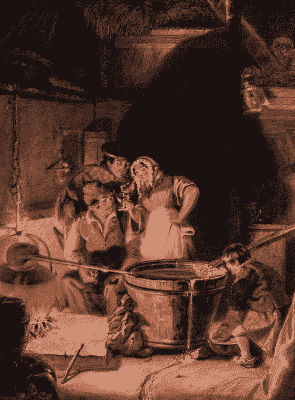
THE GAELIC GIN STILL
Following an illustrious tradition of the Isle of Skye, Sir Iain Noble acquired what is rumoured to be an illicit whisky still, which Lucilla Noble has had converted to distil gin. Gaelic Gin of course!
The traditional copper still, with its cooling worm housed in an old whisky cask, is identical to the smugglers’ stills that were held in high regard and gained such a fabled reputation throughout the 18th and 19th centuries. The still is small enough to be transported on the back of a horse – a vital necessity in past times to evade the excise men – we haven’t yet had to test this out! In its former life the still may well have come into contact with juniper, as juniper wood, whilst aromatic, produces very little smoke, and was therefore ideal for fuelling the countless illicit stills hidden away in the remote glens of the Gaidhealteachd of the Highlands and Islands of Scotland.
With the recent addition of a botanical infusing basket half way along the copper lyne arm, the illicit whisky still is now perfectly at home producing Gaelic Gin, legally of course! Influenced by the copper of the still and the softness of the Skye water, the resulting spirit is exceptional; well rounded, richly aromatic and beautifully balanced.
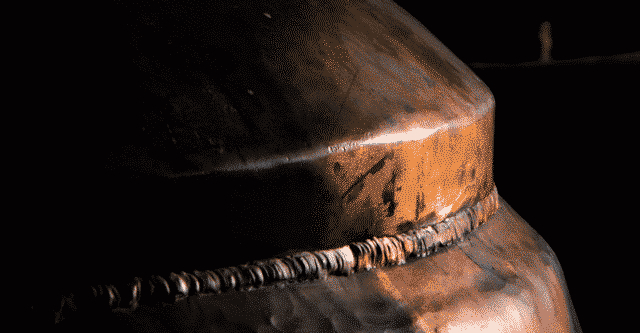
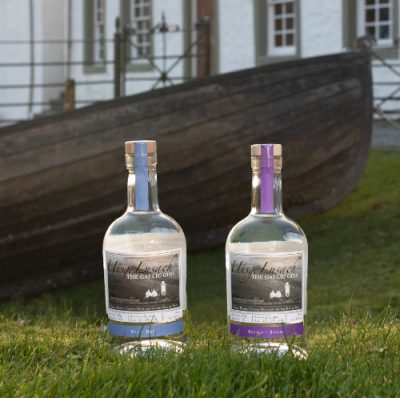 HISTORY AND HERITAGE
HISTORY AND HERITAGE
Eilean Iarmain was originally ‘Eilean Dhiarmaid’ (Diarmaid’s Isle), named after the great Ossianic hero. The isle is now joined to the Sleat peninsula in the south of Skye. Sleat is held in high esteem in the songs and poetry of old, and was referred to as “Sleite riabhach nam ban boidheach” (“brindled Sleat of the beautiful women”). Sleat is where the great warrior Cuchulain learned the martial arts and where Ossian and the Fenians arrived over the seas from Ireland.
Now a tranquil haven on the Sound of Sleat, Eilean Iarmain was once the Isle of Skye’s busiest port, with several steamers arriving every day from all over Scotland, and a thriving shop serving customers from Glenelg, Broadford and further afield, selling everything from an anchor to a needle. King Edward VII landed at Eilean Iarmain around the turn of the century. Unfortunately the tide was out, but he was carried ashore, and spent around £80 in the shop – a vast sum in those days.
Eilean Iarmain enjoys spectacular views across the water to the lighthouse of Isle Ornsay and beyond to the majestic hills of Knoydart. Built in 1869 by the uncle of the famous author Robert Louis Stevenson, the lighthouse continues to be a familiar beacon to all those sailing through the Sound of Sleat.
The bay once supported a fleet of herring smacks: during the boom days of the herring industry it was said that it was possible to walk across to the island over the numerous boats moored in the bay. The small yard where the Gaelic Gin house now stands was once a cooperage which served to supply the small wooden barrels required to transport the salted herrings to places further afield.
